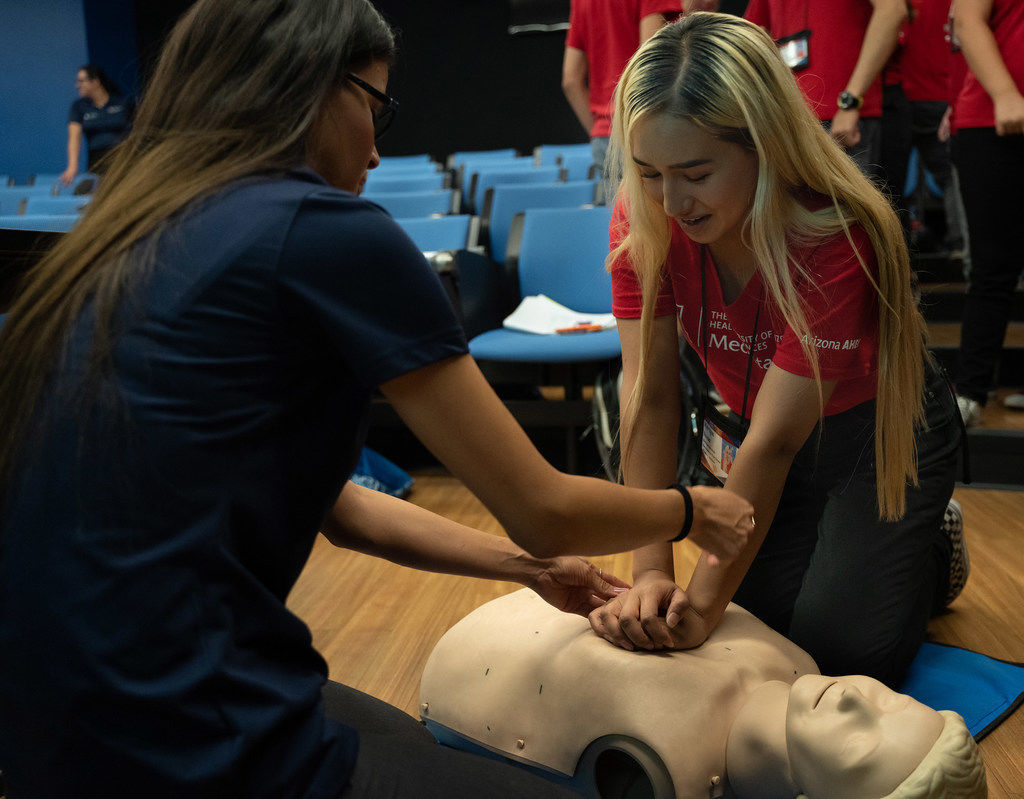The following column is the opinion and analysis of the writer.
‘This will be a test of which (bullet characteristic) is more lethal, either it’s fragmentation or tumbling.” These were the thoughts of the mass shooter who took 22 lives and wounded dozens more at a Walmart in El Paso on Aug. 3. His goal in this domestic terrorist attack was to inflict the most bodily harm possible, analyzing his strategy down to the type of bullet that he would use. Not all shooters write manifestos detailing plans and rationales for their attacks, but it is chilling to think these thoughts may have gone through the minds of many other shooters.
As students of the Master of Public Health Program at the University of Arizona Mel & Enid Zuckerman College of Public Health, we are currently taking a class in public health policy management.
Our backgrounds are diverse with some of us involved in clinical research, political campaigns, environmental health, and even a nurse who cared for some of the victims of the El Paso shooting. Working as a group throughout the semester has made us come to terms with the fact that we all have very different opinions when it comes to policy, but the one thing we have in common is our commitment to bettering the health of our respective communities and nation.
We can debate gun control all day long, but the fact is that the current presidential administration has yet to implement any real change, and no policy will eliminate the countless acts of violence and accidents. Whether they are inflicted accidentally, as an attempted homicide, or as part of a mass shooting, the bleeding caused by gunshot wounds can become deadly very quickly.
We are proposing that people become educated and prepared by taking courses such as Stop the Bleed and Cardiopulmonary Resuscitation (CPR).
Many states, including Arizona, have taken measures to educate our youth. Through SB 1137, CPR education was made a graduation requirement for Arizona high school students as of July 1, 2019. However, it does not mandate certification from a nationally recognized organization or hands-on education. Applying a tourniquet to a limb to stop the loss of blood through a wound or compressing a chest when a heart stops are lifesaving and purposeful skills that cannot be mastered through a video or a worksheet.
Additionally, these classes must be taught by certified professionals such as those certified through the American Heart Association to ensure they are compliant with the most current national standards.
We ask you to speak to your high school principals, superintendents, and your elected officials and urge them to add Stop the Bleed education and CPR certification through the AHA as a standard graduation requirement in your local high school and in those across the state.
Yes, it is highly likely that you will live your whole life without ever needing to use these skills. You may not see the lifesaving capacity of these simple interventions nor the importance of learning them.
However, many people do not have the luxury of waiting until they have seen it in person, or directly impacted them. We hope you never have to, but our hope is that we have convinced you to learn.





